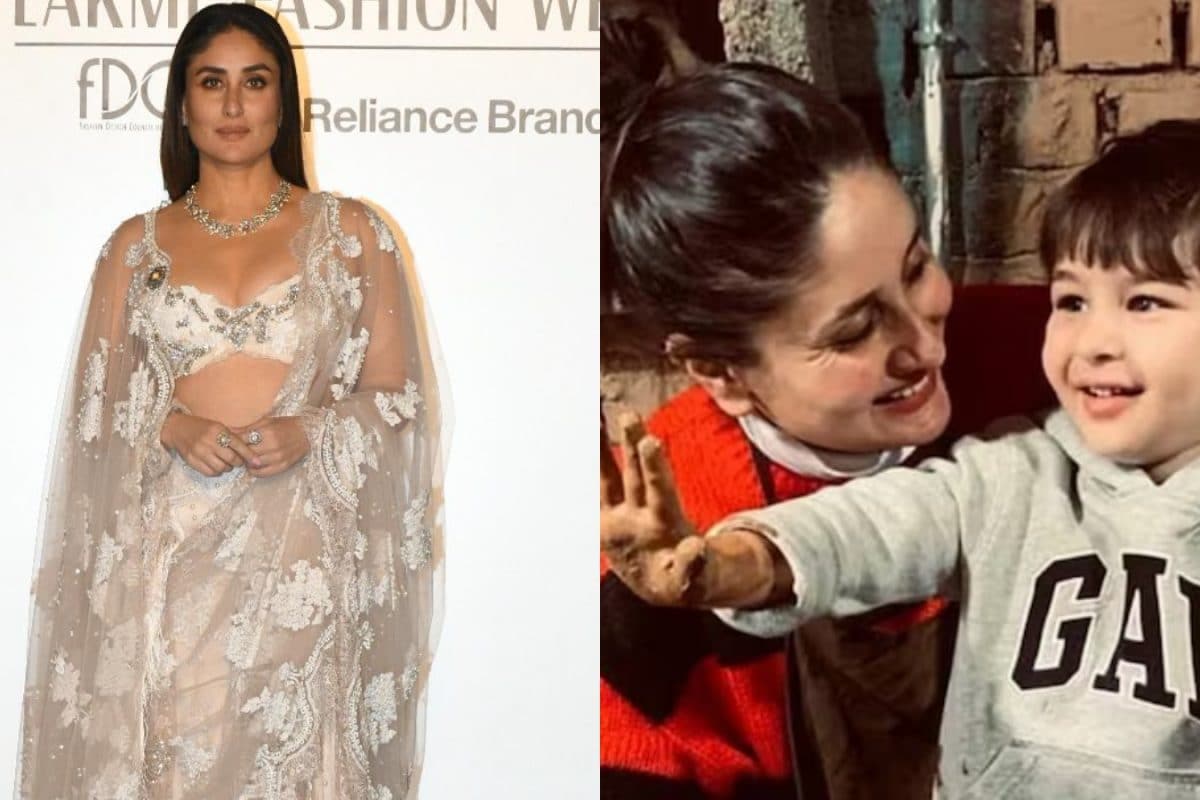On December 9, Bengaluru-based artificial intelligence engineer Atul Subhash died by suicide alleging harassment from his estranged wife and her family members. The techie’s tragic death led to a huge social media uproar followed by widespread media coverage which saw several news anchors making impassioned pleas for justice for Subhash and his family. However, flying in the face of suicide reporting guidelines and best media practices, much of the coverage on television channels focused on sensationalising the tragedy, turning it into a ‘men versus women’ battleground with broadcast journalists fuming against alleged abuse of dowry and domestic violence laws in the name of “women empowerment.
” As sensitive, objective reporting remained largely missing from TV screens, social media discourse led by YouTubers with lakhs of subscribers blamed women for the death of 34-year-old Subhash and “thousands like him.” Listing out laws against domestic violence and dowry in her show , ’s executive editor Shreya Dhoundial that such legislations were anti-men. “Do you notice something common in all these laws? They all exist for the benefit of women against men,” she said.

’s Rajat Sharma that Subhash’s case proved how “cruel” anti-dowry laws were. He blamed the laws for forcing a man to take his own life. In his alleged suicide note, Subhash had accused his estranged wife Nikita Singhania, and her family, of filing eight “fake” cases including those of har.

























